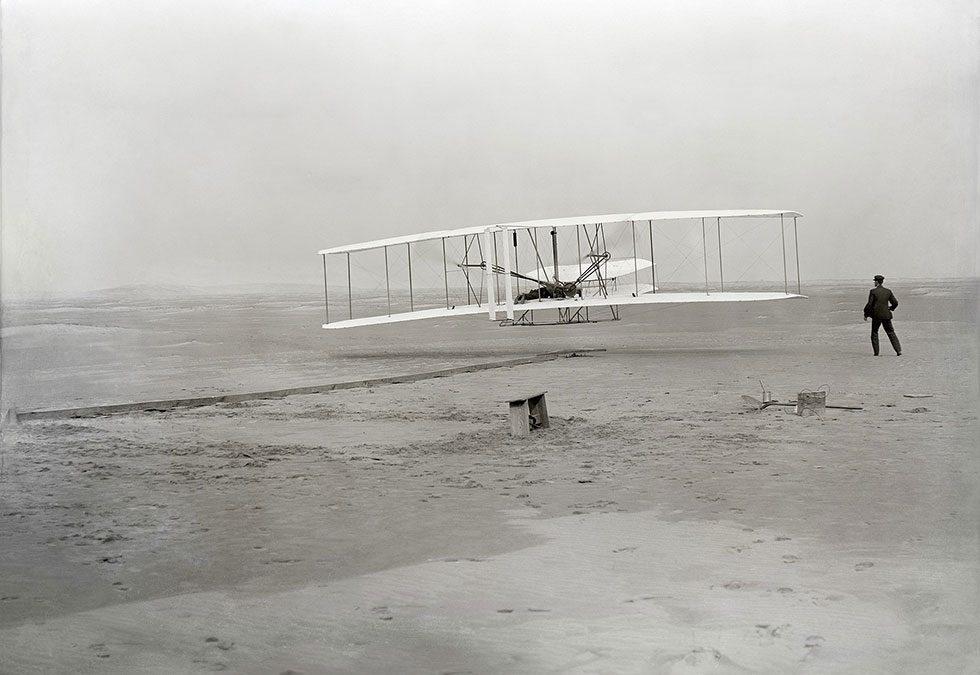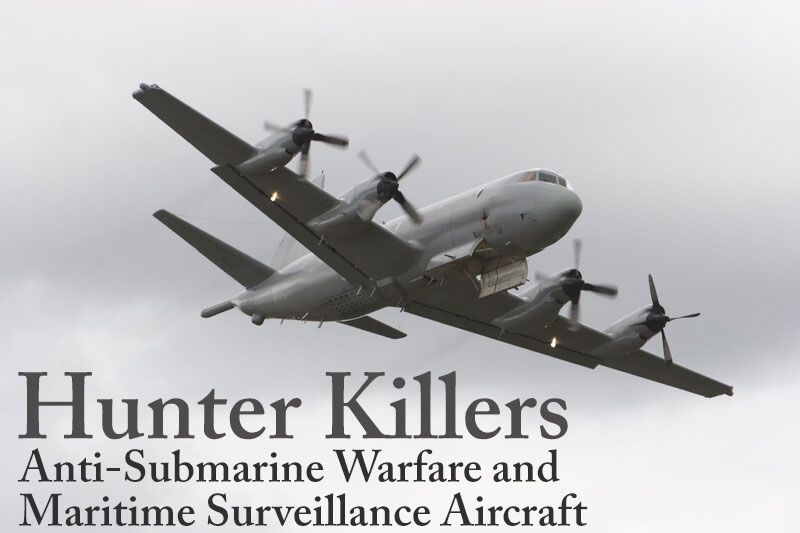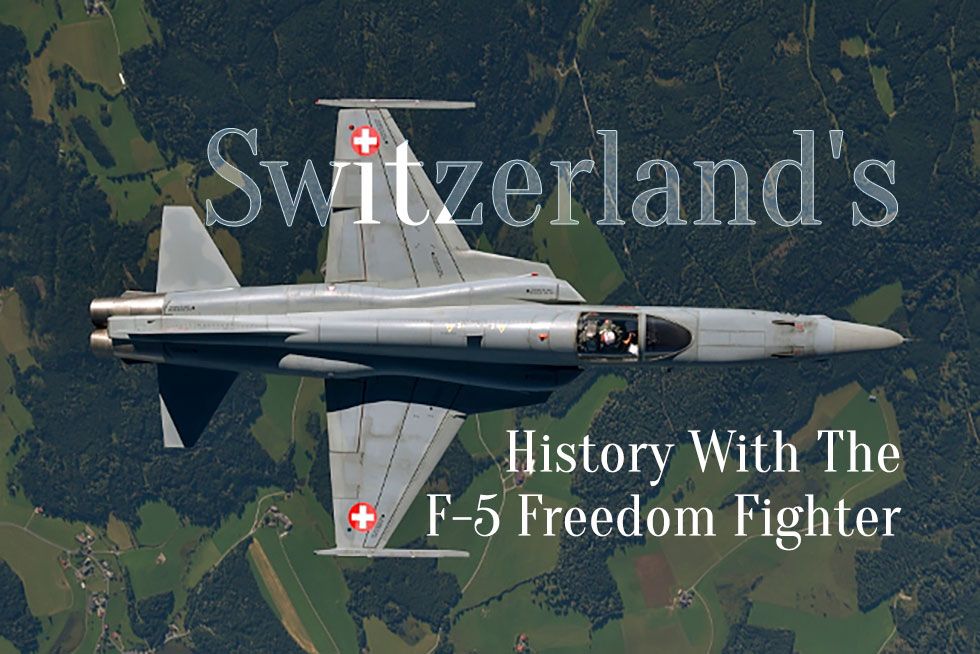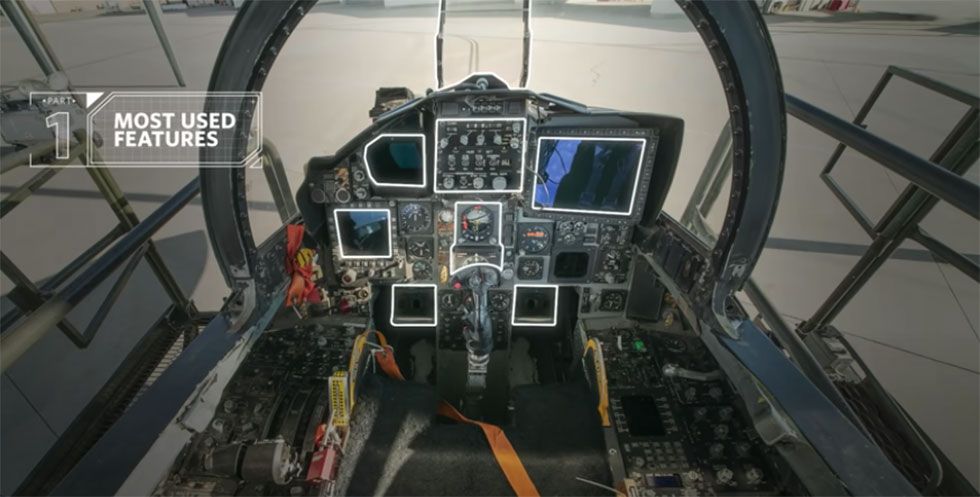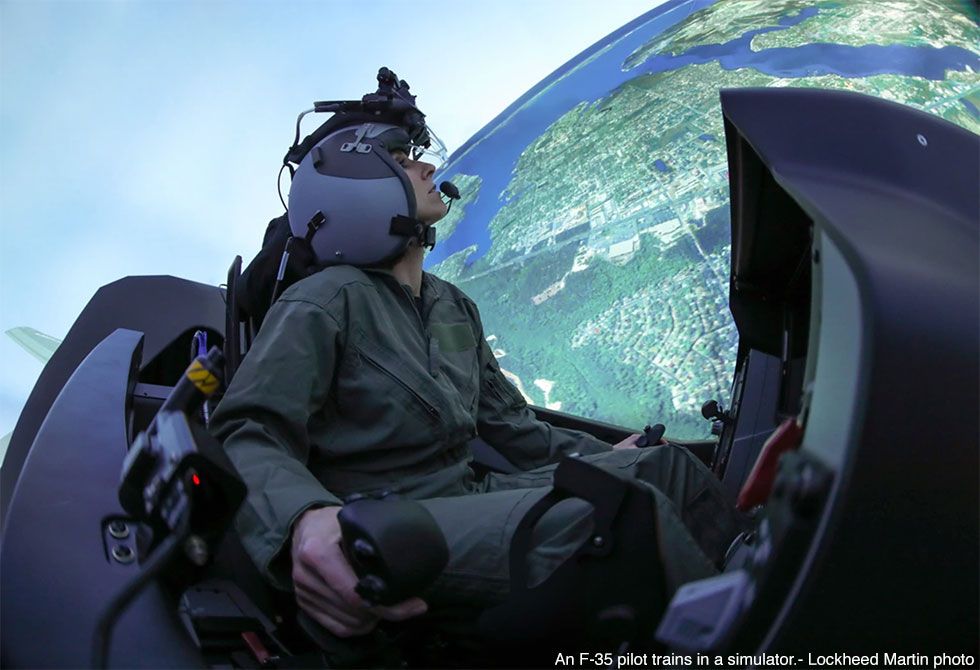Military aviation has played a major role in the success of many countries throughout history. Whether it’s transporting goods and supplies to war zones or providing air support during battles, military aviation is a vital tool that has proven itself in countless conflict situations. From pivotal technological breakthroughs to daring feats that have shaped global conflicts, military aviation has been at the forefront of many defining moments throughout history. In this blog post, we will explore some of these important milestone events that have served as fundamental foundations for modern-day civilian and military aircraft technology. Such discoveries are inspiring not only for aspiring aeronautical engineers but also serve as noteworthy encouragements for all those with an interest in aviation or aerospace.
With so much information out there, let’s dive into exploring some of these critical parts of our history!
- Wright Brothers’ first flight (1903): Although this flight only lasted 12 seconds and covered a distance of 120 feet, it was the beginning of aviation history.
- World War I (1914-1918): Military aviation played a significant role in World War I. Airplanes were used for reconnaissance, bombing, and dogfights. This led to the development of better and more advanced aircraft.
- Charles Lindbergh’s solo flight (1927): Charles Lindbergh made the first solo transatlantic flight from New York to Paris. This was a significant achievement in aviation history and paved the way for long-distance commercial flights.
- World War II (1939-1945): Military aviation played an even more significant role in World War II than other previous conflicts. Airplanes were used for bombing, transport, reconnaissance, and dogfights. The development of jet engines and the atomic bomb also changed the course of the war.
- Chuck Yeager breaks the sound barrier (1947): Chuck Yeager became the first person to break the sound barrier in a Bell X-1 aircraft. This was a major achievement in aviation history and paved the way for supersonic flight.
- Korean War (1950-1953): The Korean War saw the first extensive use of jet fighters in combat. The F-86 Sabre and MiG-15 engaged in dogfights that established the superiority of American technology.
- Vietnam War (1955-1975): The Vietnam War saw the extensive use of helicopters for troop transport and combat support. This led to the development of better and more advanced helicopters.
- Gulf War (1990-1991): The Gulf War saw the widespread use of precision-guided bombs and cruise missiles. This demonstrated the effectiveness of these weapons and paved the way for their commonplace use in modern warfare.
- 9/11 attacks (2001): The 9/11 attacks led to a major increase in the use of unmanned aerial vehicles (UAVs) for surveillance and targeted strikes. This has changed the way wars are fought and has led to the development of more advanced UAVs.
- Space travel: The development of space travel has also impacted military aviation history. Satellites are used for communication, navigation, and reconnaissance. The space shuttle was also used to launch and repair military satellites.
The importance of military aviation and its influence on our world is undeniable. From the adrenaline-fueled dogfights in World War I to providing humanitarian assistance in disaster zones across the globe, military aviation has solidified its position at the forefront of history. This incredible field of engineering and exploration has inspired thousands of individuals that dared to fly above and beyond not just for themselves, but for their communities as well. It is important that we recognize the noteworthy achievements of all those who have contributed to military aviation by breaking out from accepted conventions and reaching new heights every day. Without their tireless efforts, our world would not be nearly as advanced as it is today – a testament to what we can accomplish when fueled by a spirit of adventure and discovery.

